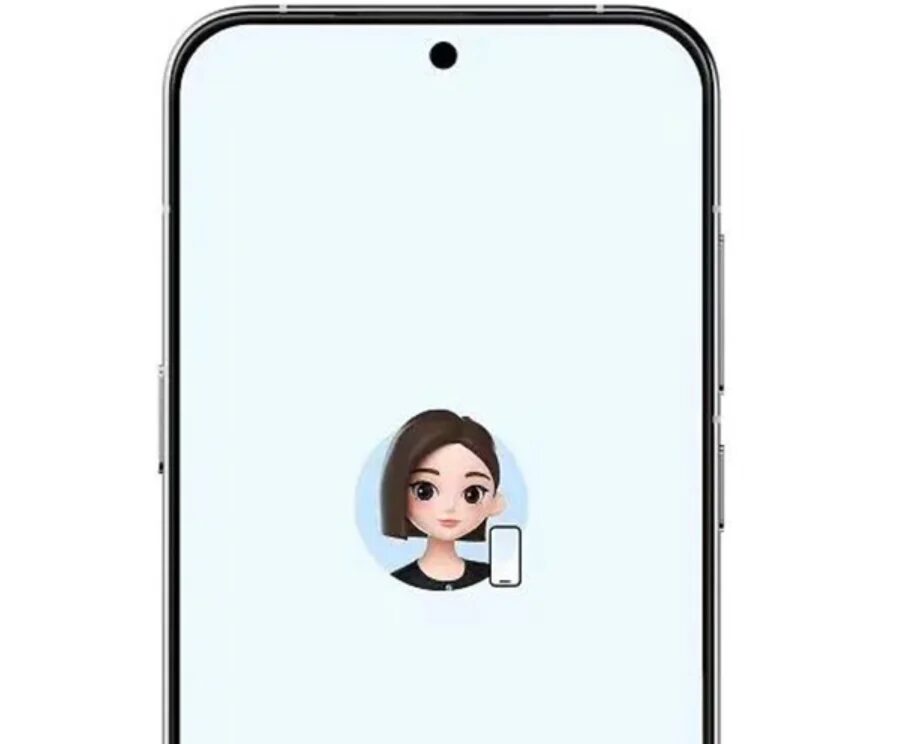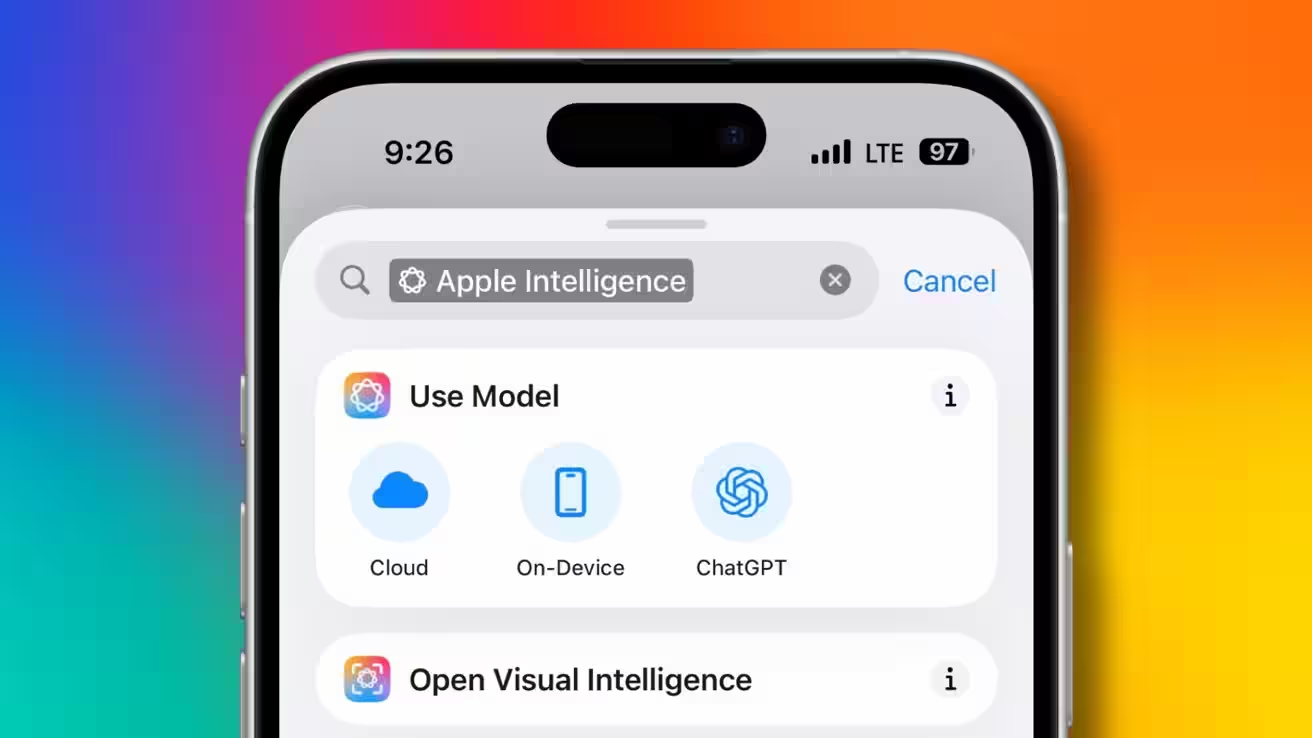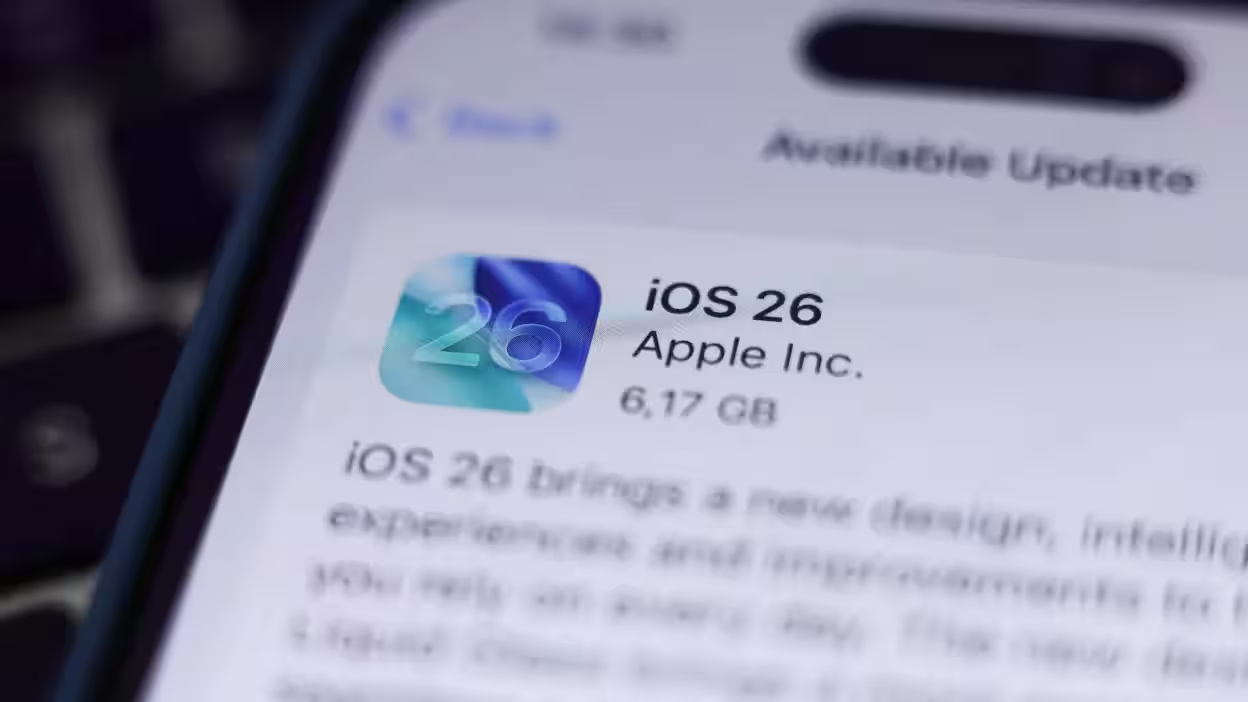How to delete the data Google has about you
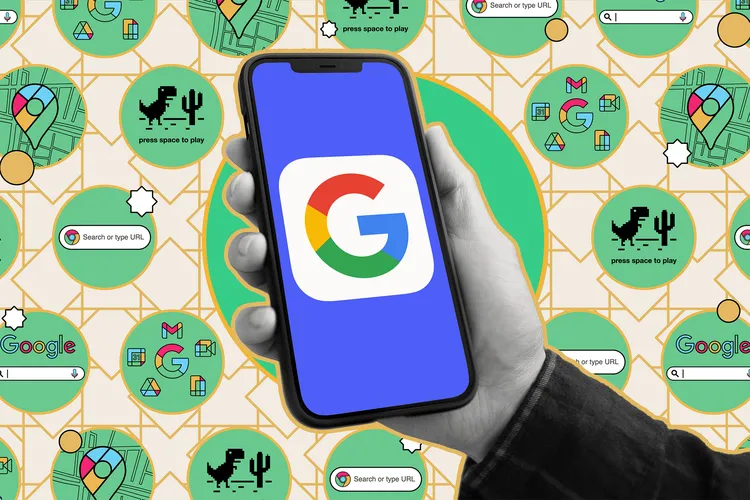
Think about everything you do in Chrome, Gmail, Google Maps, YouTube, and all the other Google services, and you’ll get some idea of how much data you’re giving away to the company every day. For most of us, it’s … a lot.
A lot.
Whether or not you think data collection and targeted advertising is a worthy cost for the free apps you get in return, Google at least provides an extensive online dashboard where you can see some of the data it collects.
Whether or not you think data collection and targeted advertising is a worthy cost for the free apps you get in return, Google at least provides an extensive online dashboard where you can see some of the data it collects.
You can use it to delete anything the company has already collected, prevent it from collecting data in the future, or automatically delete it after a certain period of time (such as three months). You can also use these features to purge records if you plan to delete your Google account — although the deletion process should also erase all data associated with your account.
And you can use these features to purge records if you plan to delete your Google account.
Here’s how to use the available features.
Find your data
It’s pretty simple to get started: open your Google account page in your web browser of choice and, if necessary, sign in. On this screen, you can see your Google subscriptions, the devices you’re signed into with your Google account, your saved passwords, and other information.
Anything you can do to help you find your data
.
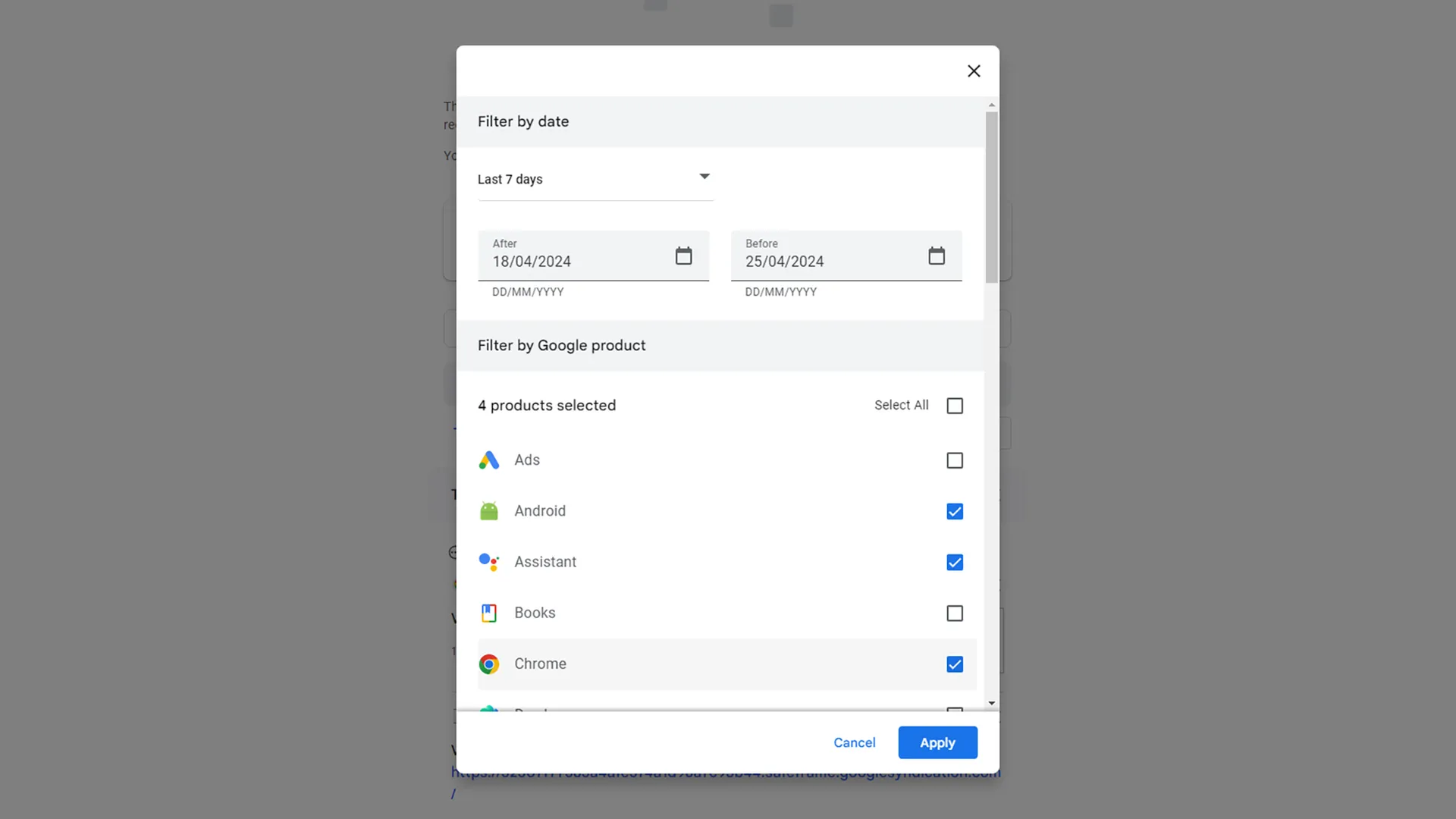
Now we’re interested in the data.
- On the left, click Data and Privacy.
- Find «History settings». It’s divided into three main categories: Web & Apps, Location, and YouTube.
- See the following.
- Click «My Activity» at the bottom of this section to see a full list of this data. You’ll see all of your activities that have been logged with Google products, starting with the most recent.
- Select «Filter by date and product» to limit your results to a specific date range or specific apps.
- To remove an applied filter, click the X next to it at the top of the list.
- Click on any entry in the list to view more detailed information about it, if available. For example, you can open the YouTube videos you’ve watched or the websites you’ve visited.
.
Delete Data
If it’s data that has already been collected and recorded by Google, you can delete it in a number of ways.
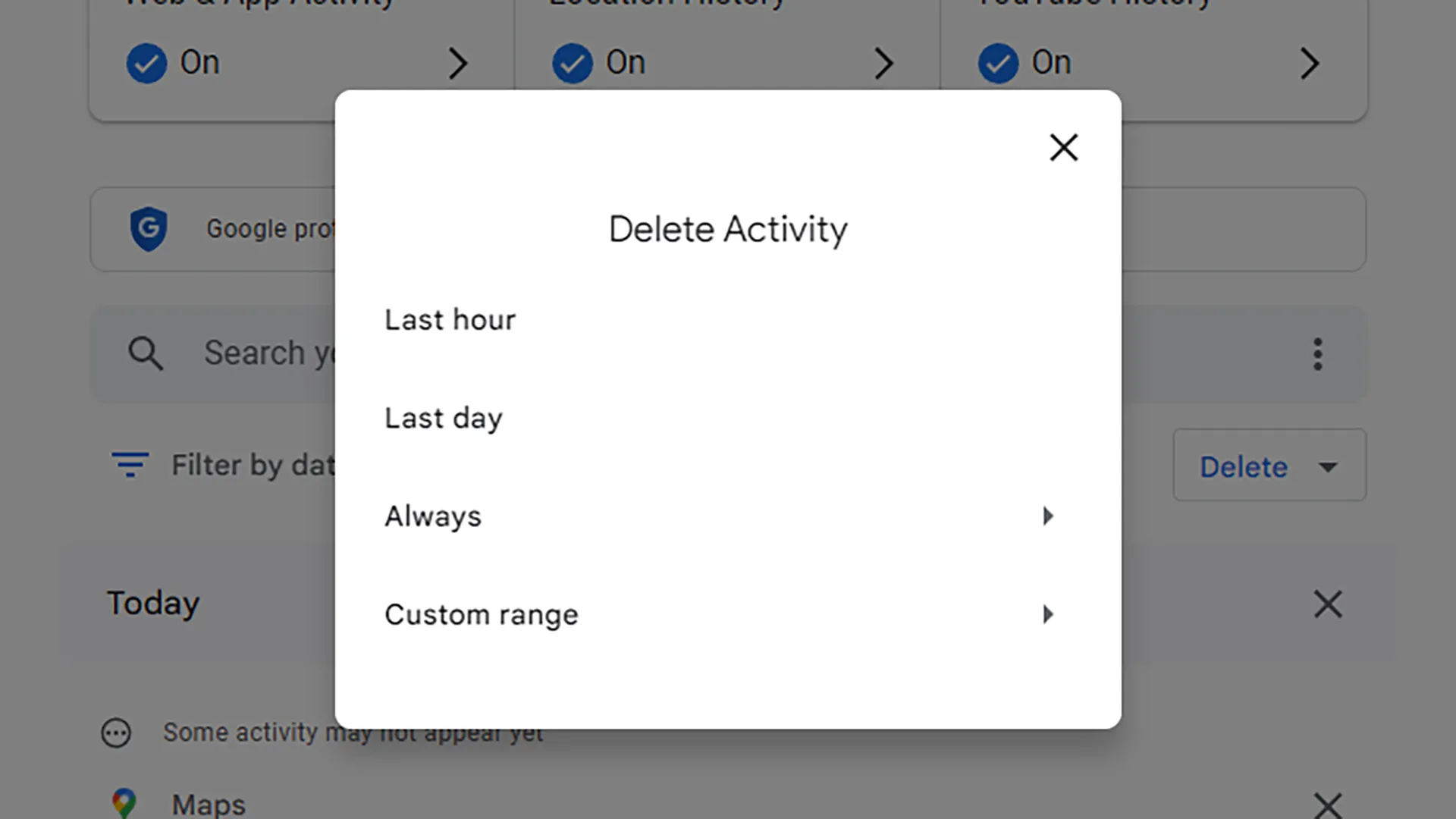
- If you’re viewing the full list of activities, click the Delete button (to the right of the filter). You can delete entries for the last hour, last day, or within a specified range. You can also click «Always» to delete all.
- If you have filtered the list by date or service, click Delete Results: this will delete everything that matches the filter.
- Whether the list is filtered or not, you can click the X next to any individual entry to delete it.
- It’s convenient to have this central repository of all data accessible through one web portal, but some types of data can be found elsewhere. For example, you can delete your web activity from your Chrome browser if you’re logged into Google, or access your YouTube browsing history through the YouTube website.
- Click Disable to stop collecting data in this particular category. By selecting this option, you can choose either Disable (to keep all collected data) or Disable and delete the activity.
- If you choose to delete data, you will be shown a preview of what will be deleted before you confirm the action.
- Further down the page, select the auto delete option to have the data in this category erased after a certain amount of time: 3 months, 18 months, or 36 months.
- On these screens, you’ll also see some sub-settings, such as YouTube searches or voice and audio data that can be collected when you interact with Google Assistant.
.
Automatically delete and disable data collection
If you want Google to automatically remove data or stop collecting it altogether, you’ll need to use the three categories we talked about earlier: Web & Apps, Location, and YouTube.
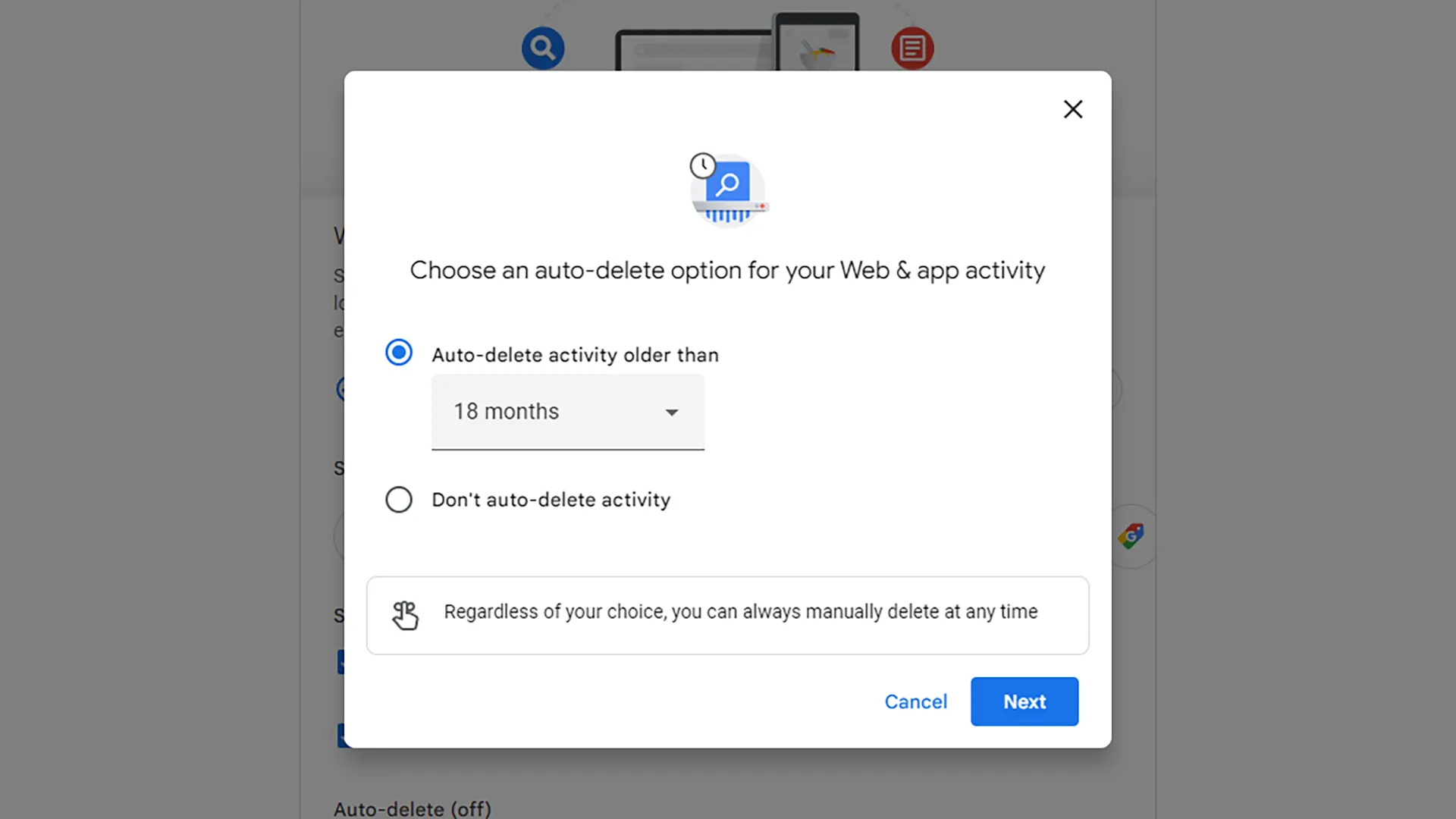
In the activity list, tap «Internet and app activity», «Location history» or «YouTube history». The next settings screen you’ll see is very similar for all three categories:
.
Obviously, there are some trade-offs to think about here. If you’ve looked up a particular coffee shop on Google Maps, it would be useful to have it automatically appear when you need to drive to it. Similarly, if you like a few videos on YouTube, you’ll probably want to see more videos in the same vein, rather than random suggestions.
Here’s a good idea.
The auto-delete option offers a nice balance in this regard, because it allows you to get some level of personalization without storing all of your actions on Google’s servers forever.
By the way, if you try to turn off data collection (or turn it back on), Google will display a dashboard explaining how the collected data helps personalize services across apps. In other words, Google definitely wants you to allow this data to be collected, but ultimately the choice is yours.
The choice is yours.




